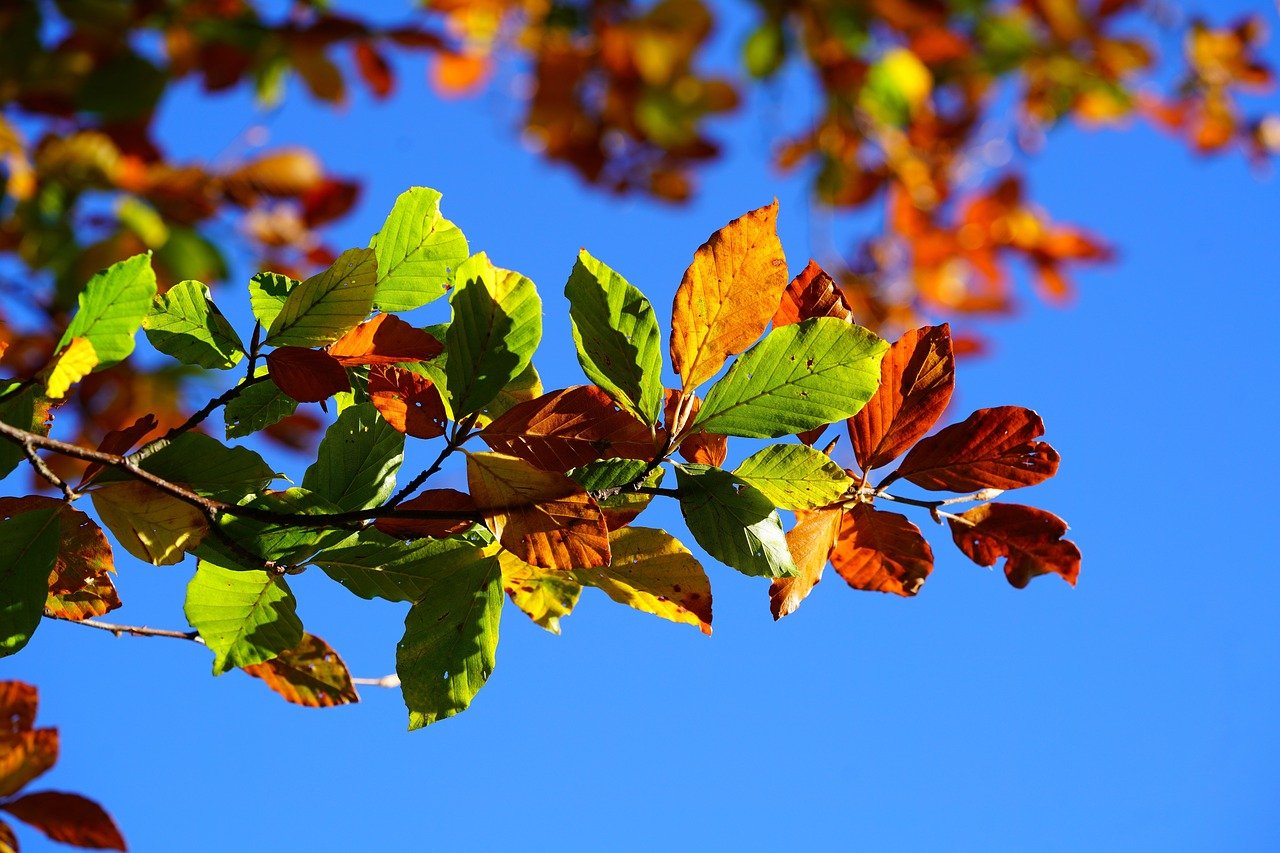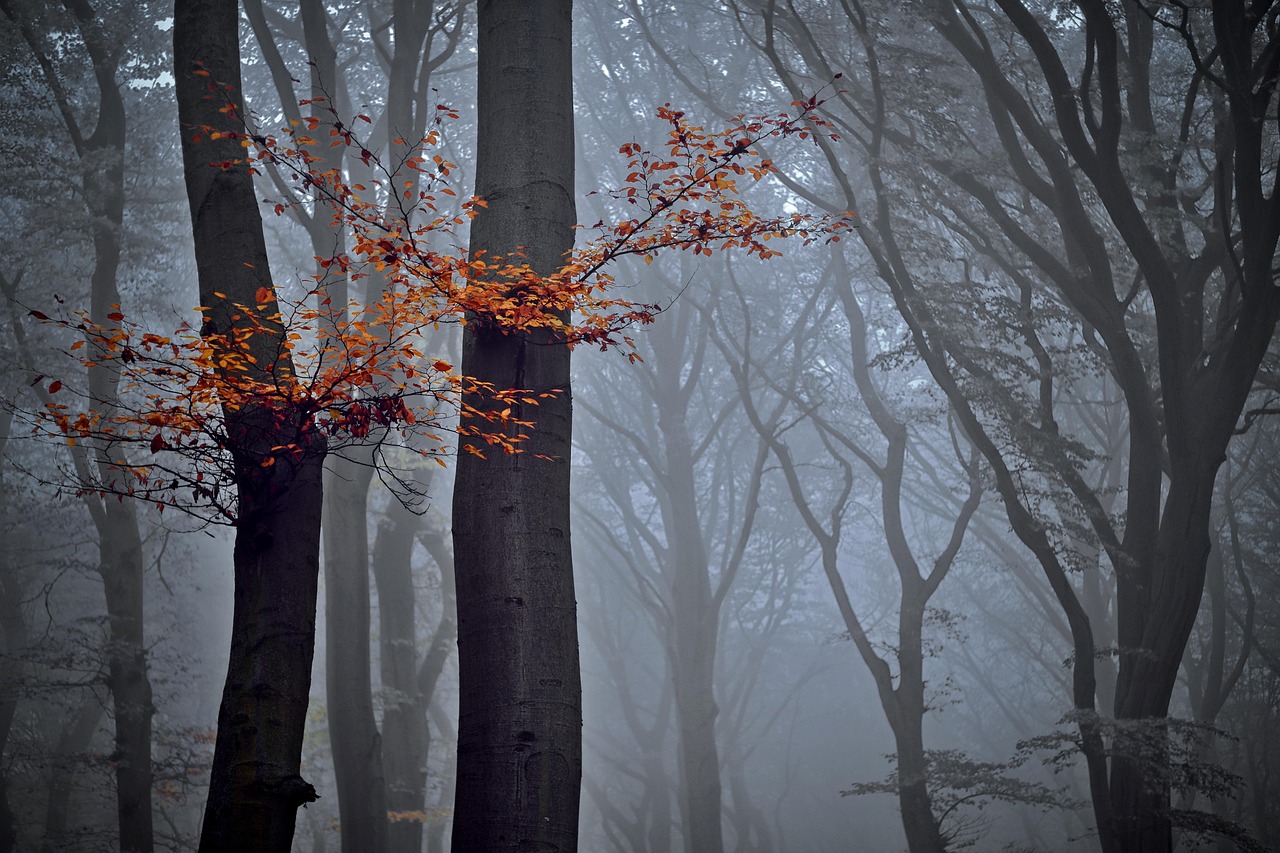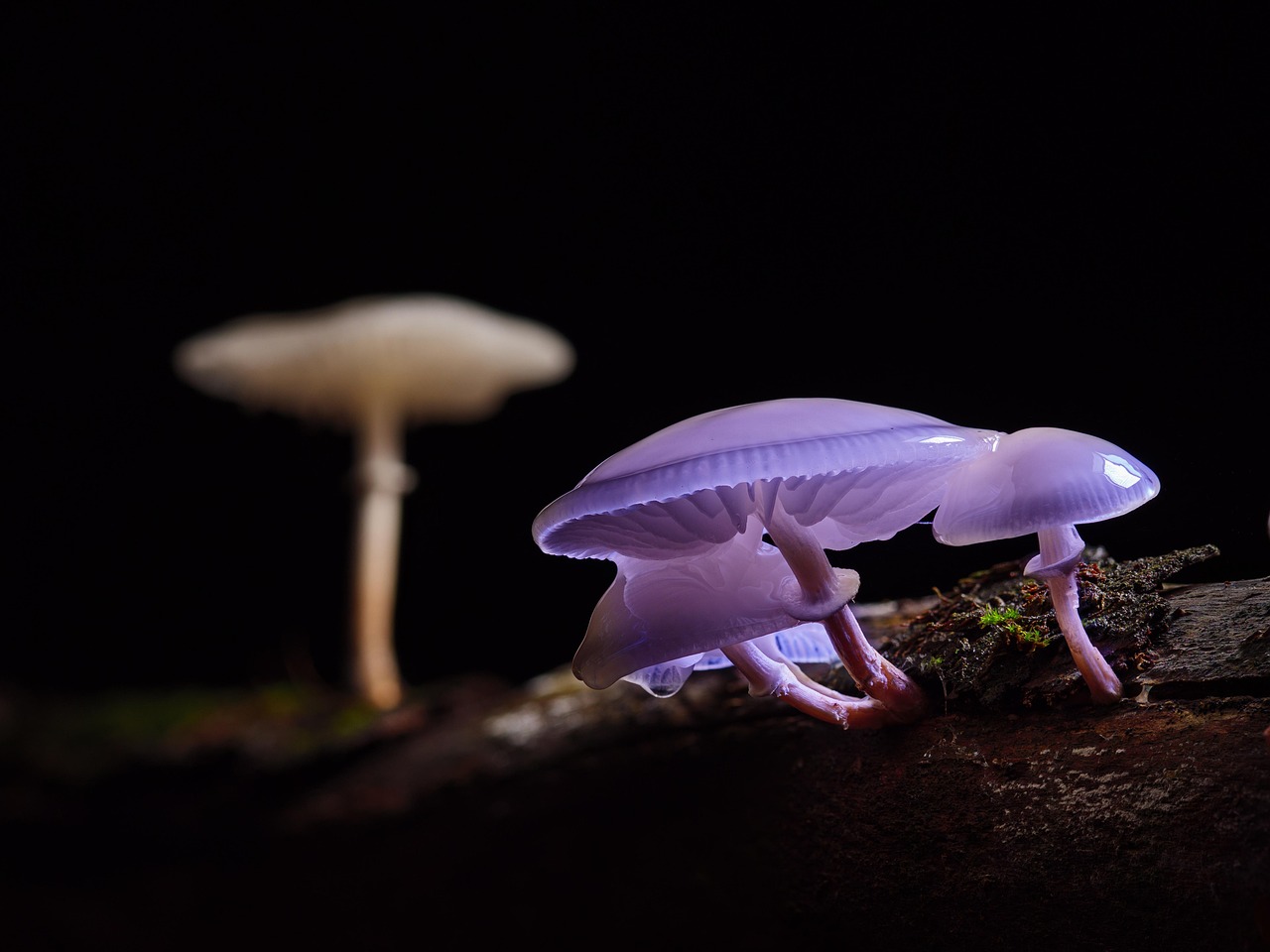The Tri Color Beech tree, known for its striking foliage, typically grows at a moderate rate of about 12 to 24 inches per year. Optimal growth occurs in well-drained, fertile soil with partial to full sunlight. Regular pruning and maintenance can enhance its vibrant colors and overall health, making it a stunning choice for landscaping.
The Tri Color Beech tree (Fagus sylvatica ‘Tricolor’) exhibits a moderate growth rate, typically growing about 1 to 2 feet per year. This deciduous tree is prized for its striking foliage that features shades of green, pink, and cream, making it a popular choice for ornamental landscaping.
Tri Color Beech trees are renowned for their vibrant and colorful leaves, which change throughout the seasons. In spring, the new foliage emerges in soft pinks and creams, transitioning to a rich green with pink margins in summer. By fall, the leaves can turn golden yellow or even deep bronze, offering a stunning display. This unique color variation is a result of the tree’s genetic makeup and makes it a favored specimen in residential and public gardens.

Understanding the growth habits of the Tri Color Beech tree can help gardeners and landscapers make informed decisions about planting and care. With proper conditions, including adequate sunlight and well-draining soil, this tree can thrive and reach its full potential. Below are some key characteristics that influence the growth rate of the Tri Color Beech tree:
| Characteristic | Description |
|---|---|
| Soil Type | Prefers well-drained, loamy soil with a slightly acidic to neutral pH level. |
| Light Requirements | Grows best in full sun to partial shade. Full sun promotes the best foliage color. |
| Water Needs | Requires regular watering, especially during dry spells, to maintain health. |
| Growth Rate | Moderate, typically 1 to 2 feet per year under optimal conditions. |
| Mature Height | Can reach heights of 30 to 40 feet with a spread of 20 to 30 feet. |
Growing Conditions for Tri Color Beech Trees
To ensure the best growth for your Tri Color Beech tree, it is essential to provide suitable growing conditions. These trees thrive in environments that mimic their natural habitat. They are native to Europe and prefer temperate climates with cool winters and mild summers.
The ideal soil for Tri Color Beech trees should be rich in organic matter. This can be achieved by amending native soil with compost or well-rotted manure. Soil drainage is crucial, as standing water can lead to root rot and other diseases. When planting, consider using raised beds or mounds if your area has heavy clay or poorly draining soil.

Light plays a significant role in the growth and coloration of these trees. While they can tolerate partial shade, full sun exposure will produce the most vibrant foliage. Aim for at least six hours of direct sunlight each day for optimal growth. If planting in a location that receives afternoon shade, be aware that the tree may not exhibit its full color potential.
Watering is another critical factor. Newly planted Tri Color Beech trees need consistent moisture until they establish a strong root system. During dry spells, deep watering is recommended to encourage roots to grow deeper into the soil. Mulching around the base can help retain moisture and reduce competition from weeds.
Fertilization is not always necessary for established trees but can be beneficial in promoting healthy growth during the early years. A balanced fertilizer applied in early spring can support strong development. However, avoid over-fertilizing, as this may lead to excessive leaf growth at the expense of overall tree health.

Pest management is also an important consideration when cultivating Tri Color Beech trees. While these trees are generally resistant to pests, they can occasionally attract aphids or scale insects. Regular monitoring and maintaining tree health through proper cultural practices can help minimize pest issues.
Overall, with attention to its growing conditions and care, the Tri Color Beech tree can flourish beautifully in your landscape, providing striking foliage and enhancing your outdoor space for many years to come.
Common Issues Affecting Tri Color Beech Trees
While the Tri Color Beech tree is a resilient species, it can encounter various issues that may affect its growth and overall health. Recognizing these problems early can help ensure the tree remains vibrant and healthy. Below are some common issues to be aware of:

- Leaf Blight: This fungal disease causes yellowing and browning of leaves. It thrives in wet conditions and can be managed through proper air circulation and avoiding overhead watering.
- Root Rot: Caused by overly saturated soil, root rot can quickly damage the tree. Ensuring proper drainage and avoiding waterlogged conditions is essential.
- Aphids: These small insects feed on sap and can cause leaf curling. Regular monitoring and introducing beneficial insects can help control their population.
- Scale Insects: These pests attach themselves to the bark and leaves, sucking nutrients from the tree. Treatment options include horticultural oils or insecticidal soaps.
Pruning Techniques for Healthy Growth
Pruning is an essential practice for maintaining the health and aesthetics of Tri Color Beech trees. Proper pruning techniques not only promote healthy growth but also enhance the tree’s structure. Here are some key pruning strategies:
- Timing: The best time to prune is in late winter or early spring before new growth begins. This timing minimizes stress on the tree.
- Removing Dead or Diseased Wood: Regularly inspect the tree for any dead or diseased branches and remove them promptly to prevent further issues.
- Shaping the Tree: Aim for a balanced shape by selectively removing branches that disrupt symmetry. This encourages even growth and improves sunlight penetration.
- Thinning: Thinning out crowded branches allows better air circulation and light exposure, promoting healthier foliage.
Fertilization Guidelines for Optimal Growth
To achieve vibrant foliage and robust growth, fertilization should be approached thoughtfully. While excessive fertilization can lead to rapid leaf growth, a balanced approach supports overall health. Consider the following guidelines:
- Selecting Fertilizer: Choose a slow-release, balanced fertilizer with equal parts nitrogen, phosphorus, and potassium (N-P-K). A ratio like 10-10-10 is often effective.
- Application Timing: Apply fertilizer in early spring as new growth begins. This timing coincides with the tree’s natural growth cycle.
- Soil Testing: Conducting a soil test can help determine specific nutrient needs, allowing for more targeted fertilization.
Watering Practices Throughout the Year
The watering needs of Tri Color Beech trees can vary depending on the season and climate conditions. Understanding when and how much to water is key to sustaining their health.
Seasonal Watering Needs
The following guidelines can assist in establishing an effective watering routine:
- Spring: As the tree begins to leaf out, ensure consistent moisture. Water deeply once a week if rainfall is insufficient.
- Summer: During hot months, increase watering frequency to twice a week if the weather is particularly dry. Monitor soil moisture with your finger; if it feels dry an inch below the surface, it’s time to water.
- Fall: Gradually reduce watering as temperatures drop. Continue to water until the ground freezes to keep roots healthy.
- winter: In areas with little precipitation, consider watering during warm spells when the ground is not frozen.
Landscaping Ideas Featuring Tri Color Beech Trees
The striking foliage of the Tri Color Beech tree makes it an excellent choice for various landscaping designs. Here are some creative ideas on how to incorporate these trees into your outdoor space:
- Feature Tree: Place a Tri Color Beech as a focal point in your garden or yard, allowing its vibrant colors to stand out amidst green shrubs and flowers.
- Mixed Borders: Combine with other deciduous shrubs and perennials that have contrasting colors or textures to create a visually appealing border.
- Shade Garden: Use as part of a shade garden where its foliage provides dappled light, supporting shade-tolerant plants beneath.
- Park or Public Space: Ideal for parks due to its stunning seasonal color changes, providing beauty to communal outdoor areas.
By integrating Tri Color Beech trees into your landscape thoughtfully, you can enhance your outdoor environment while enjoying their unique beauty throughout the seasons.
Companion Plants for Tri Color Beech Trees
When landscaping with Tri Color Beech trees, selecting the right companion plants can enhance the overall aesthetic and health of your garden. Companion planting involves choosing plants that complement each other in terms of growth habits, nutrient needs, and visual appeal. Here are some excellent choices to consider:
- Hostas: These shade-loving perennials offer a variety of leaf textures and colors. Their lush foliage contrasts beautifully with the colorful leaves of the Tri Color Beech.
- Astilbe: Astilbe produces feathery flower plumes in shades of pink, white, or red. They thrive in moist, shaded areas, making them ideal for planting beneath a Tri Color Beech.
- Ferns: Different types of ferns can thrive in the dappled light created by a Tri Color Beech tree. They add a soft, woodland feel to your landscape.
- Coral Bells (Heuchera): These perennial plants come in various colors, including deep red and purple. They add vibrant color contrast to the green and pink foliage of the beech tree.
Seasonal Care for Tri Color Beech Trees
Caring for your Tri Color Beech tree throughout the seasons is essential to maintaining its health and beauty. Each season brings unique challenges and opportunities for care. Below is a seasonal breakdown for optimal tree maintenance:
Spring Care
As temperatures rise and the tree begins to leaf out, spring is a crucial time for care:
- Inspect for Damage: Check for any winter damage or disease signs on branches and leaves.
- Fertilization: Apply a balanced fertilizer to support new growth.
- Watering: Ensure regular watering as the soil begins to dry out.
Summer Care
The summer months can be hot and dry, requiring special attention:
- Deep Watering: Water deeply once or twice a week, especially during dry spells.
- Pest Monitoring: Keep an eye out for pests such as aphids and treat them promptly if found.
- Mulching: Add mulch around the base to retain moisture and suppress weeds.
Autumn Care
As the leaves begin to change, autumn care is focused on preparing the tree for winter:
- Leaf Cleanup: Rake fallen leaves to prevent fungal diseases.
- Watering: Continue watering until the ground freezes to promote healthy root development.
- Pruning: This is an excellent time to prune any dead or diseased wood.
Winter Care
During winter, the focus shifts to protecting the tree from harsh conditions:
- Protection from Wind: In windy areas, consider wrapping the trunk with burlap to prevent damage from desiccation.
- Irrigation Adjustment: If there is little precipitation, continue to water on warm days when the ground is not frozen.
- Avoid Salt Exposure: Keep salt from road de-icing materials away from the root zone to prevent injury.
Environmental Benefits of Tri Color Beech Trees
Beyond their aesthetic appeal, Tri Color Beech trees provide several environmental benefits that enhance local ecosystems. Understanding these benefits can emphasize the importance of planting and caring for these trees in urban and suburban areas.
- Air Quality Improvement: Trees play a crucial role in filtering pollutants from the air. The Tri Color Beech absorbs carbon dioxide and releases oxygen, contributing to cleaner air.
- Biodiversity Support: The tree provides habitat and food for various wildlife species, including birds and insects. Its dense foliage offers shelter while attracting pollinators with its flowers.
- Erosion Control: The extensive root system of the Tri Color Beech helps stabilize soil, preventing erosion on slopes and in gardens.
- Shade Provision: This tree provides shade during hot summer months, helping to cool surrounding areas and reduce energy costs for nearby buildings.
By incorporating Tri Color Beech trees into landscapes, individuals can contribute positively to their environment while enjoying the beauty of these remarkable trees throughout the seasons.
The Tri Color Beech tree is not only a stunning addition to any landscape, but it also provides numerous benefits for the environment and local ecosystems. As urban areas continue to develop, the importance of incorporating trees like the Tri Color Beech into our surroundings cannot be overstated. Their ability to improve air quality, support biodiversity, and prevent soil erosion makes them essential components of sustainable landscaping.
Furthermore, the aesthetic qualities of the Tri Color Beech—its unique foliage that transitions beautifully through the seasons—add value to any property. Homeowners and gardeners can enjoy its striking appearance while also contributing to ecological health. With the right care, these trees can thrive for decades, enriching both personal spaces and community environments.
Potential Challenges and Considerations
While Tri Color Beech trees are relatively low maintenance, potential challenges should be considered to ensure their success. Some issues to keep in mind include:
- Climate Sensitivity: These trees prefer temperate climates. Extreme heat or cold can stress the tree, leading to poor growth or foliage damage.
- Space Requirements: Tri Color Beech trees can grow quite large. Ensure there is adequate space for them to mature without crowding other plants.
- Soil Amendments: If planting in less than ideal soil conditions, amendments may be necessary to provide the nutrients needed for healthy growth.
- Regular Maintenance: Although they are hardy, regular inspections for pests and diseases, along with seasonal pruning and care, are essential to maintain their beauty and health.
By being aware of these challenges, gardeners can take proactive steps to create an optimal environment for their Tri Color Beech trees. This foresight can lead to a more rewarding gardening experience and greater satisfaction with the tree’s performance over time.
Final Thoughts
The Tri Color Beech tree truly stands out as a remarkable species that offers both aesthetic beauty and environmental benefits. Its moderate growth rate allows it to fit seamlessly into a variety of landscapes, whether in residential gardens or public parks. By understanding its care requirements, seasonal needs, and environmental advantages, individuals can make informed decisions about planting and maintaining this exquisite tree.
As we face increasing environmental challenges, incorporating trees like the Tri Color Beech into our spaces becomes even more crucial. They not only enhance our living environments but also contribute positively to the planet’s health. With careful planning and attention, the Tri Color Beech can flourish in gardens, providing stunning foliage and vital ecological support for years to come.
In conclusion, whether you are an experienced gardener or just starting your landscaping journey, consider adding a Tri Color Beech tree. Its unique qualities will undoubtedly enrich your outdoor space while also playing a role in fostering a healthier environment.
